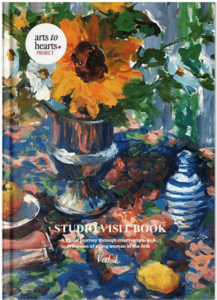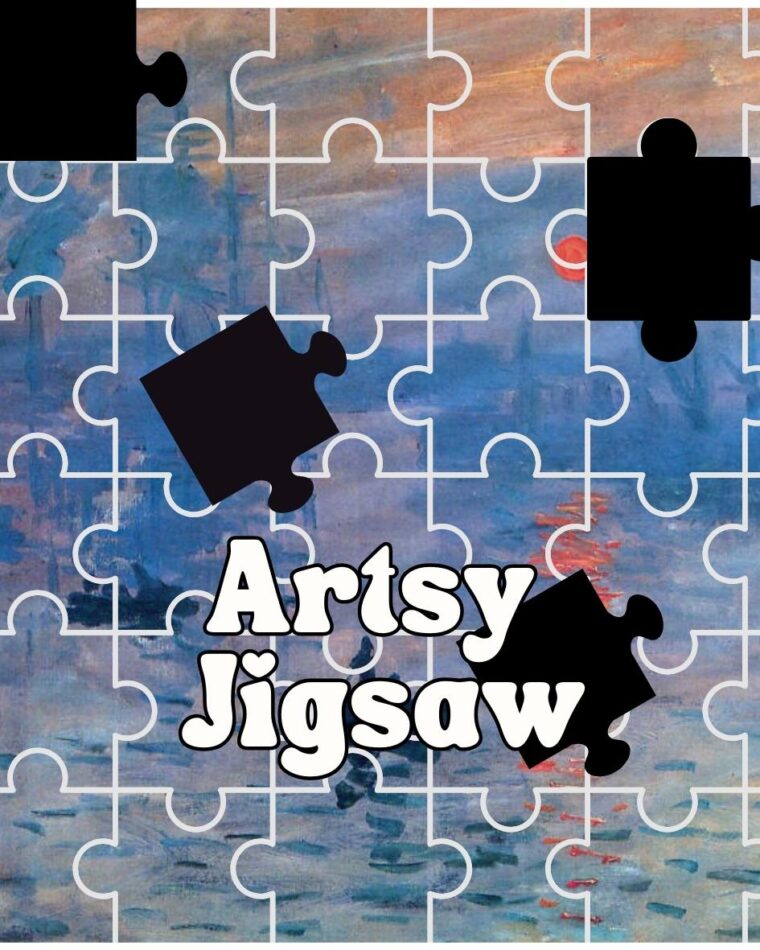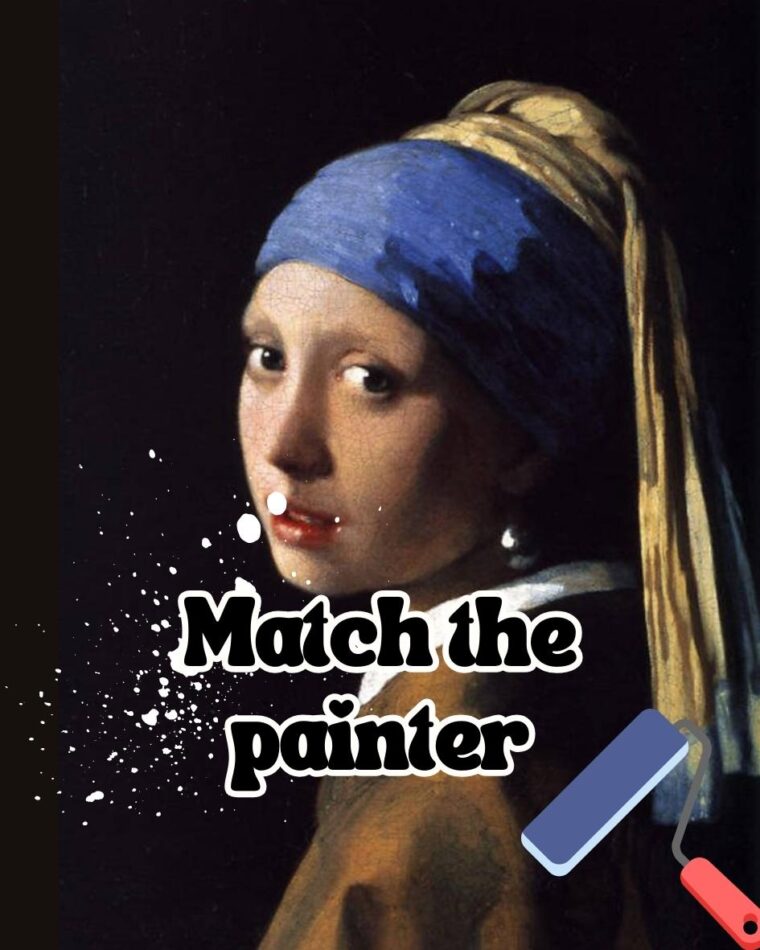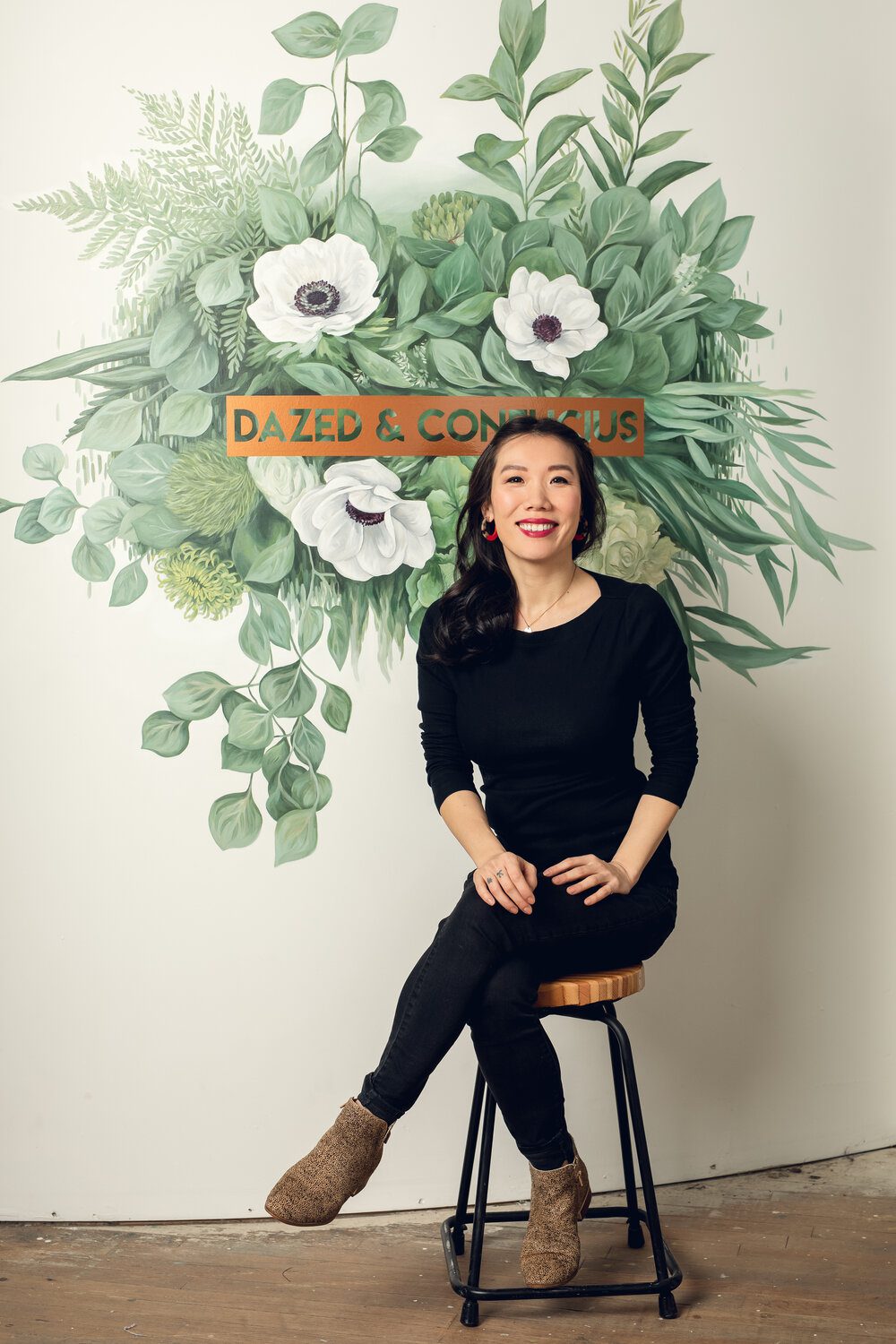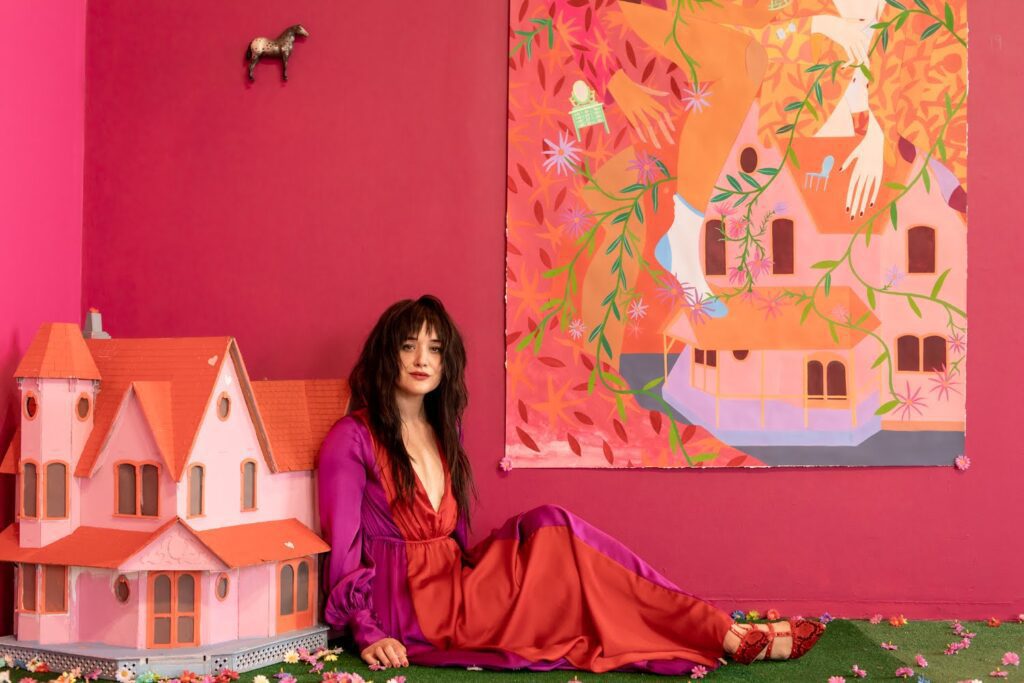
How to Find A Niche For Emerging And Visual Artists
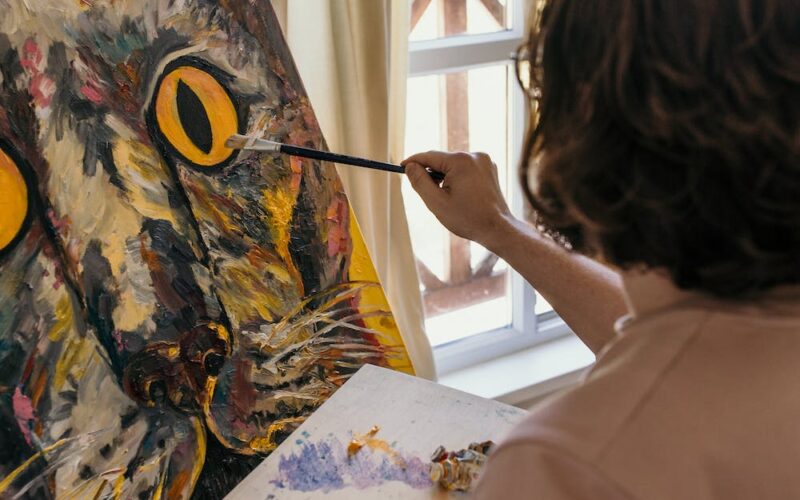

Have you ever wondered how you can make your art stand out in a crowd? Have you ever wondered why it’s important to explore different niches?
In this blog article, we’ll delve into the importance of various artistic niches and the benefits they can bring to your career. But first, before we start, you need to understand some key terms.
In simple terms, a “niche” is your special skill in the art world. It’s where your unique style fits in. If you’re just starting your art career, you’re an “Emerging Artist.” If you express your ideas through visual means, you’re a “Visual Artist.”
Following are the key points we’ll discuss in this article:
- Identifying personal interests and hobbies.
- Benefits of finding the right niche.
- Studying market and industry trends.
- Experimenting with techniques and styles.
- Collaborating with other artists to learn new skills.
- Encouragement to keep experimenting and learning
So, let’s dive in and discover the exciting world of exploring different niches as an emerging visual artist.
Why Having a Niche is Important?
Knowing yourself is the first step to finding your special niche in the art world. Your personal interests and hobbies play a special role in this journey.
To identify what you truly love in art, take some time for yourself. Ask yourself: What excites me about creating art? What themes or styles do I keep coming back to? Your answers to these questions can help you recognize your artistic passion.
The things you enjoy doing in your free time, your hobbies, can greatly influence your art. For example, if you love nature, you might be drawn to landscapes or flowers. If music is your thing, maybe abstract art that expresses rhythm and melody appeals to you.

Personal Interests and Your Niche
Now, how do your personal interests help in choosing a niche? They guide you towards a path in the art world where you can express yourself best. For instance, if you’re a history enthusiast, maybe historical buildings or portraits could be your niche. Your interests shape your art, making it a true reflection of who you are and what you love as a painter.
Understanding Niches in Art
What is a niche? In the world of art, a niche is like your home. It’s the place where your unique style fits just right. It’s the kind of art that gets you excited, the kind that you can’t help but create, and the kind that others come to recognize as yours.

But why bother finding a niche? Isn’t art about free expression? Of course, it is! But finding your niche doesn’t limit your creativity. Instead, it helps you focus it. It’s like having a canvas to paint on. With a niche, you will stand out, and people will appreciate your unique style.
Why Your Niche Matters
Finding your niche has many benefits, it helps you in:
- Standing out: When you focus on a particular niche, your art becomes unique. You stand out in the art community because nobody else does exactly what you do.
- Building an audience: People who love your niche will become your fans. They’ll look forward to your every creation, and your niche helps them find you in the first place. With a niche, your fans can spot your paintings and artworks in the room.
- Making a living: Once you have an audience, you have potential customers. They already love what you do, so they’re more likely to buy your art. This way, your niche can help you turn your passion into a profession.
Remember, your niche is your special corner in the vast art world. It helps you express yourself, connect with the right audience, and even make a living doing what you love. That’s why finding your niche is an important part of your journey as an emerging visual artist.
Studying the Market and Industry Trends
Understanding what’s happening in the art market and industry is key to your success as an artist. It’s about knowing what people are interested in, what other artists are creating, and where the industry is going or what is trending. But remember, it’s not about copying trends. It’s about staying relevant and in tune with your audience.
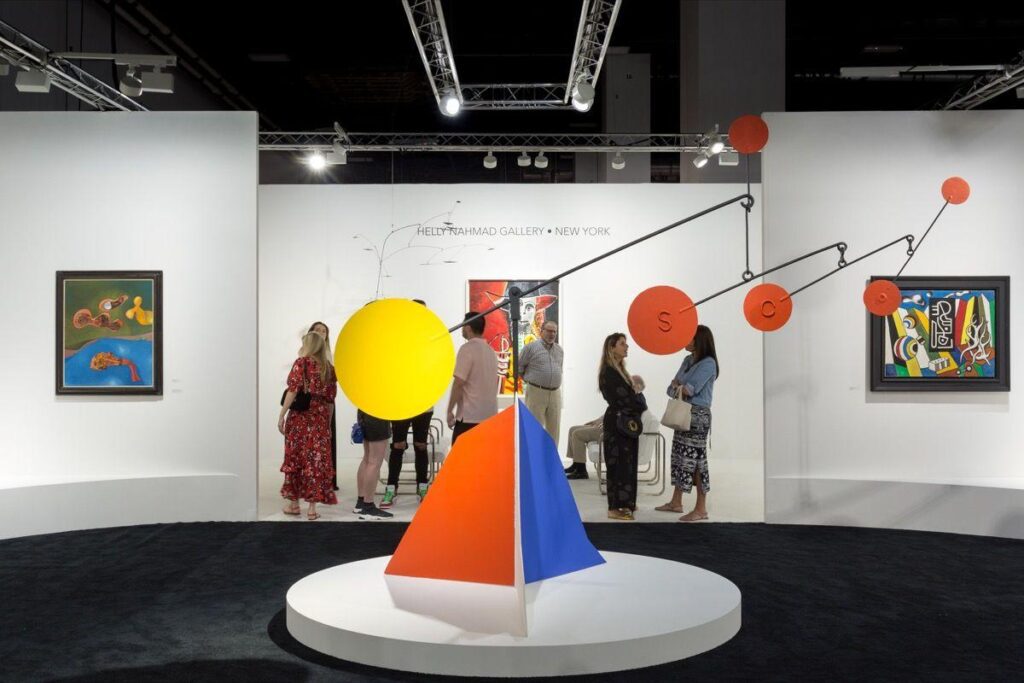
So, how do you keep up with market trends and industry developments? You can start by following popular art blogs, magazines, and social media accounts. They often share updates about new trends, breakthrough artists, and shifts in the industry. Attend art fairs, exhibitions, and shows whenever you can. They’re a great place for information and inspiration.
But don’t forget that even while you keep up with trends, you need to stay true to your unique style. Yes, understanding the market can help you find a niche that’s in demand. But your art should still be a genuine expression of you, not just a reflection of the trend of the day. It’s about finding a balance between what’s popular and what’s you.
Your goal is not to chase after every trend but to keep evolving as an artist while staying true to your vision.
Experimenting with Different Techniques and Styles
One of the most exciting things about art is its limitless possibilities. As an artist, you have the freedom to try out various techniques and styles. You can create whatever you want and whatever inspires you. This isn’t just fun; it’s also really valuable.
Versatility in art can open doors you didn’t know were there. By trying out different styles, you might find one that really suits you. Or, you might end up creating a mix that’s totally unique. This diversity of your artistic style can set you apart and help you find your own special niche in the art world.
So how can you start experimenting? You could take a class on a style you’ve never tried before. Or maybe watch online tutorials for a new technique. It could be as simple as using a new type of paint or canvas. The key is to stay open and curious.
Remember, it’s okay if not every experiment works out. That’s part of the process. Every new thing you try is a step forward on your artistic journey. So, go ahead and explore. You never know what amazing things you’ll create.
Collaborate And Learn Together
Art is often seen as a solo journey, but it doesn’t have to be. Collaborating with other artists can open up new paths of learning and growth.
Working with others allows you to learn new skills and techniques. You see how other artists approach their work, which can create fresh ideas in your mind. It’s a way to get feedback and to share your own thoughts. This shared learning can help you grow as an artist and find new niches you might not have considered.

You can be a part of our ATH call for art where we provide opportunities for collaboration. Our community can be a source of inspiration, advice, and support, especially when you’re just starting out.
How to find artists to collaborate with?
Start by joining local art groups or online forums. Attend art shows, workshops, and meetups. Reach out to artists whose work you admire and ask if they’d be interested in collaborating.
Collaboration isn’t about competition. It’s about learning from each other and growing together. So, don’t be afraid to reach out and start a conversation. You never know where it might lead!
Keep Learning And Experimenting
Art is a journey of continuous exploration and learning. There’s always a new technique to master, a new style to try and a new theme to explore. And that’s one of the things that makes art so exciting!
Remember to keep learning so that your art remains fresh and exciting. It can help you adapt to evolving trends and audience preferences. But it’s not about chasing every trend. Instead, it’s about growing and evolving your art in a way that stays true to your own vision.
Experimentation is a key part of this continual learning. Maybe you’ll try a new medium or a style that’s completely different from what you’re used to. Maybe you’ll experiment with new themes or subject matter. Every experiment, every piece of art you create, is a step forward on your artistic journey.
But remember, it’s not just about creating. It’s also about reflecting on your art, learning from your successes and failures, and thinking about where you want to go next. So keep exploring, keep learning, and keep creating.
Explore And Be Fearless!
Exploring different niches as an emerging visual artist can open numerous doors for you. It helps in finding your unique style, building an audience, and even monetizing your work. By understanding yourself and the art industry, experimenting with various styles, and collaborating with others, you can discover your niche in the art world.
So, be fearless, experiment, learn, and grow. Remember, every artist’s journey is unique, and with a true love for art, you can create a piece that amazes you and your audience.

